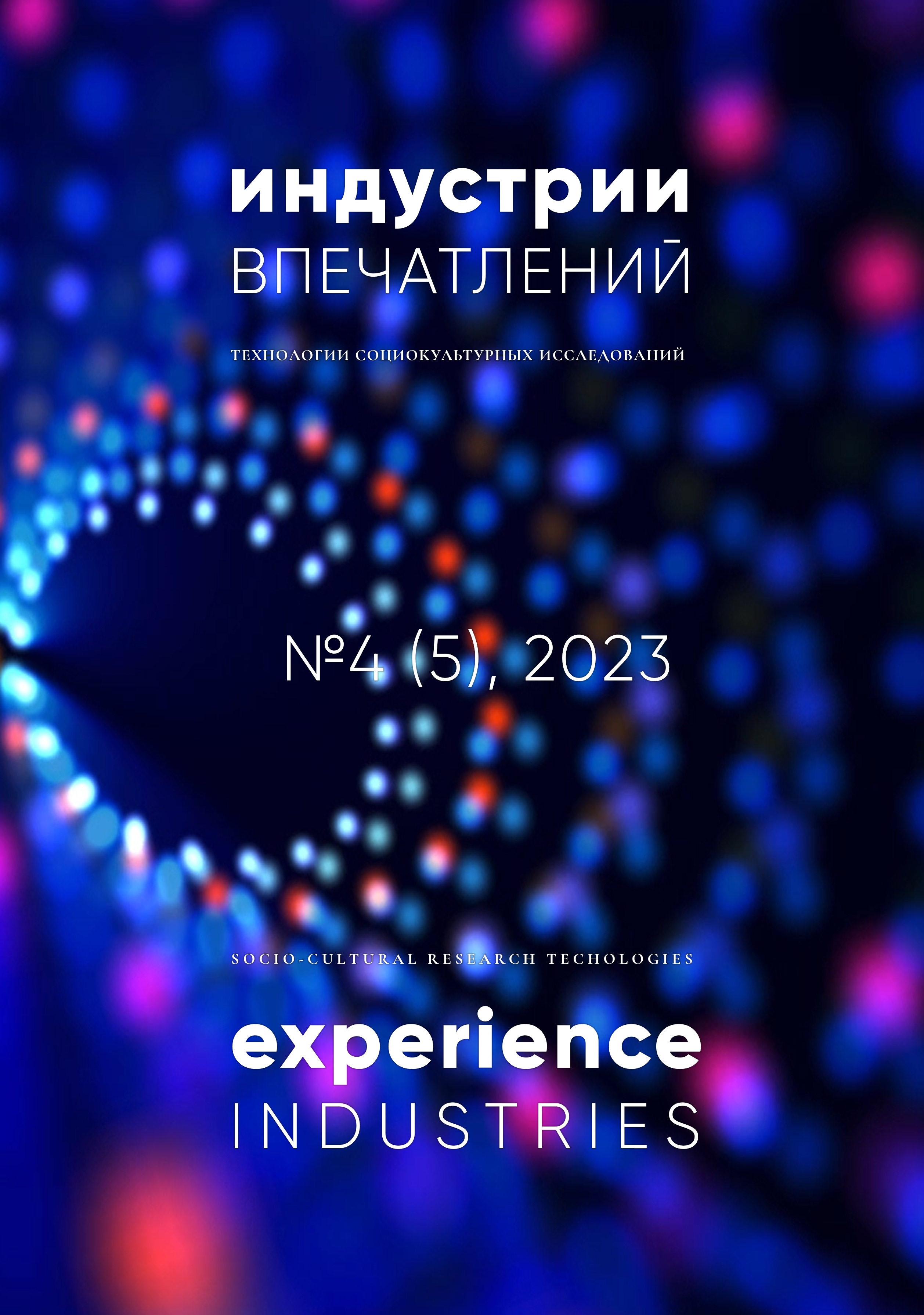VISUAL EXTREME, PERMEATED WITH THE SMELL OF FEAR AND “GUNPOWER”: BLOODY BATTLES OF THE ELITE AND THE MASS IN AMERICAN HORROR MOVIES
DOI:
https://doi.org/10.34680/EISCRT-2023-4(5)-135-168Keywords:
elite, mass, precariat, youth, last viewer, communication, visualization, war, American horror film, biopoliticsAbstract
Communication between the elite and the masses in the context of modern culture over time acquires a rather specific and atypical character. Instead of the usual system of coercion in its diverse forms, in modern institutional, socio-political discourse, visual methods of manipulating feelings, thoughts, moods and behavior of people are becoming increasingly popular. The continuous competition of fundamentally unconscious complexes of corporate economic and political interests becomes the leading reason for the active transformation of the modern management system under the influence of decisive biopolitical arguments, forcibly introduced by the authorities into the subordinate socio-cultural space. Being an archaic form of realizing power interests, war today is becoming widespread, replacing physical coercion with methods of media programming of the feelings, thoughts and behavior of individuals. The American horror film has successfully positioned itself as one of the most effective ideological tools for establishing effective biopolitical control both within and outside the United States; it acts as a modern, attractive and non-trivial way of aestheticization and visual propaganda of violence as natural forms of existence of civilization.
For citation:
Malenko, S. A., & Nekita, A. G. (2023). Visual extreme, permeated with the smell of fear and “gunpower”: bloody battles of the elite and the mass in american horror movies. Experience industries. Socio-Cultural Research Technologies (EISCRT), 4 (5), 135-168. (In Russ). https://doi.org/10.34680/EISCRT-2023-4(5)-135-168








